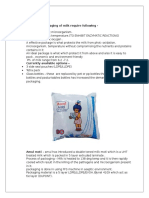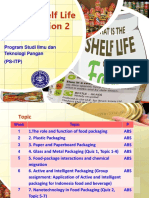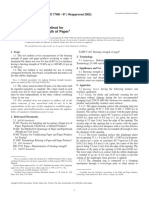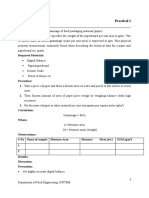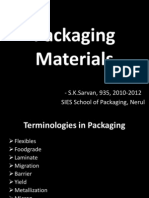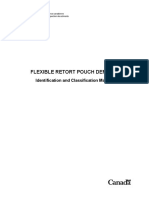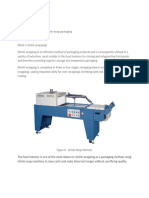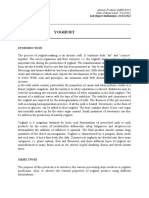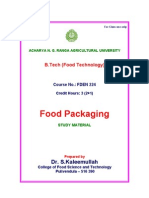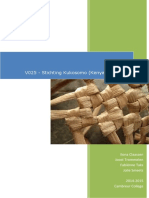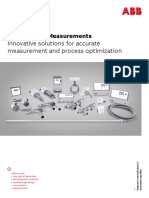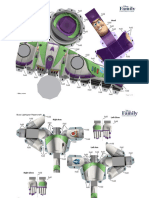100% found this document useful (1 vote)
887 views27 pagesPackaging Testing Methods
This document outlines various test procedures for packaging materials and packaged products. It describes tests to evaluate the mechanical, physical and chemical properties of packaging materials as well as tests to evaluate things like package integrity, seal strength, permeability and durability. The goal of these tests is to ensure packaging fulfills its objectives of protecting products and withstanding various stresses during transport and storage.
Uploaded by
Amna SarfrazCopyright
© © All Rights Reserved
We take content rights seriously. If you suspect this is your content, claim it here.
Available Formats
Download as PPTX, PDF, TXT or read online on Scribd
100% found this document useful (1 vote)
887 views27 pagesPackaging Testing Methods
This document outlines various test procedures for packaging materials and packaged products. It describes tests to evaluate the mechanical, physical and chemical properties of packaging materials as well as tests to evaluate things like package integrity, seal strength, permeability and durability. The goal of these tests is to ensure packaging fulfills its objectives of protecting products and withstanding various stresses during transport and storage.
Uploaded by
Amna SarfrazCopyright
© © All Rights Reserved
We take content rights seriously. If you suspect this is your content, claim it here.
Available Formats
Download as PPTX, PDF, TXT or read online on Scribd
/ 27














